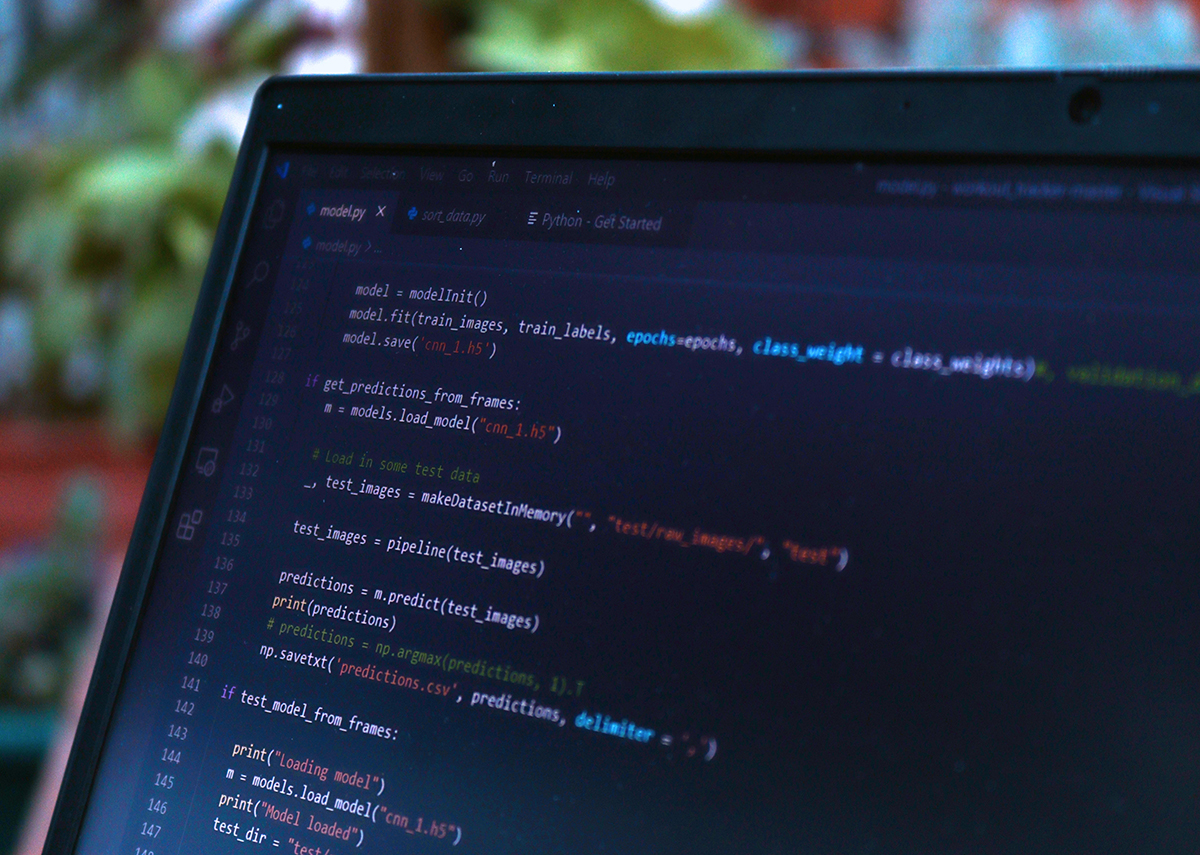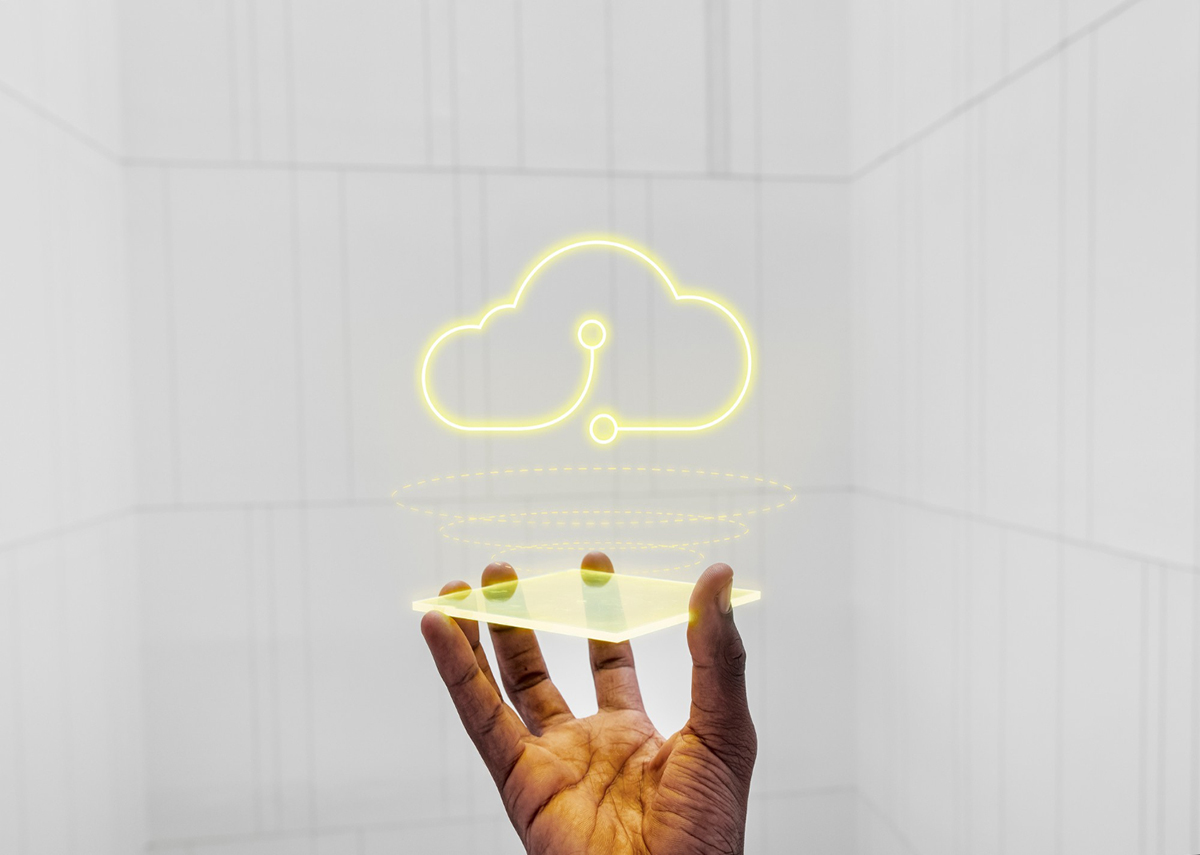The Differences between Edge Computing and Cloud Computing
Share

It’s not the standard any longer to transmit every piece of data to either a centralized data center or the public cloud. The idea of cloud computing caught on, and over time, it became quite clear that there is more to it than what the initial fuss promised. The existence of the cloud is an important phenomenon even today, and SaaS apps have been constantly growing at an exponential rate for many years now. After the advent of AI, this industry has seen a fundamental change from the cloud concept to edge computing. Further, with IoT bewildering, the digital industry and the position of prominence is shifting to edge computing. Industry experts have been saying that it will likely be more popular than cloud computing. It’s tempting to say it’s not going to happen, but with the rapid adoption of artificial intelligence and increasing data crunch, a feasible option may not invariably be cloud computing.
Edge versus Cloud Computing
Edge computing refers to a topology where information processing power, the assortment, and the distribution of data are near the network endpoints. Rather than putting process power either in the centralized facility or the public cloud, the processing of information happens in many places situated on or closer to the source. Pushing the information as close as possible to the actual hardware, is the primary application of edge computing. It enables retaining sensitive information in and on premise infrastructure while at the same time leveraging the flexibility provided by the cloud. The word “on premise” is usually used to refer to edge computing.
The other computing is essentially utilizing a remotely-located system for data storage, processing and management. It’s similar to a centralized architecture which is accessible from any place in the world and at any time. You usually send the information to the cloud, essentially a remote server or computer database. An example of a service that uses cloud computing is Google Docs. Think of it this way, that word processor is in a different system. When you enter some text in it and open it later, that information will be there and you can access it at any time as long as you’re connected to the Internet. This is cloud computing in its basic form, a set of interconnected components enabling remote and on-demand access of data for users. These data processing machines are situated remotely, so problems such as the accuracy and freshness of data as well as latency tend to be affected while using the facility.
Will it take the place of cloud computing in the future?
Internet-connected devices are poised to grow to 22 billion in six years from now. Last year, IoT analytics estimated that there were 7 billion connected devices. Organizations prefer edge computing over the cloud option due to the lower latency and the better cost-effectiveness offered by the former. They wish to move both data storage and processing near the endpoint device app. The possibility to make data processing available near that device makes the gathered information more reliable and clears the lag when data moves between wireless routers, computers and network firewalls. On the other hand, in cloud computing, the data is fed and ‘warehoused’ in the remote database and is retrieved on demand. This technology works best for photos, music, videos and real-time situations in production facilities and driverless vehicles.
Final Round of Comparison between the Two
Speed is the biggest benefit of using edge computing. The Internet of Things or IoT industry expects fast response times for data processing like the example of the driverless automobiles. To be safe, these vehicles have to process tons of data both in real-time and in milliseconds. Stopping at traffic signals, adhering to the lane regulations, and spotting pedestrians, all need these vehicles to process considerable data that way. For the complexity of things, autonomous vehicles cannot depend upon cloud services in which the electronic data is transferred to the server from another system because it’s usually processed and the results take longer. These services are not sufficiently quick enough to respond to facilitate prompt action. Edge computing, on the other hand, has what it takes to respond to all of these events and during the timeframe they occur.
In IoT, there are situations where managing devices with no appropriate network bandwidth is occasionally required. The best solution in those situations is edge computing and not cloud computing. Both these technologies can coexist and complement one another. Edge computing is not meant to replace the cloud, but rather work together with it.




